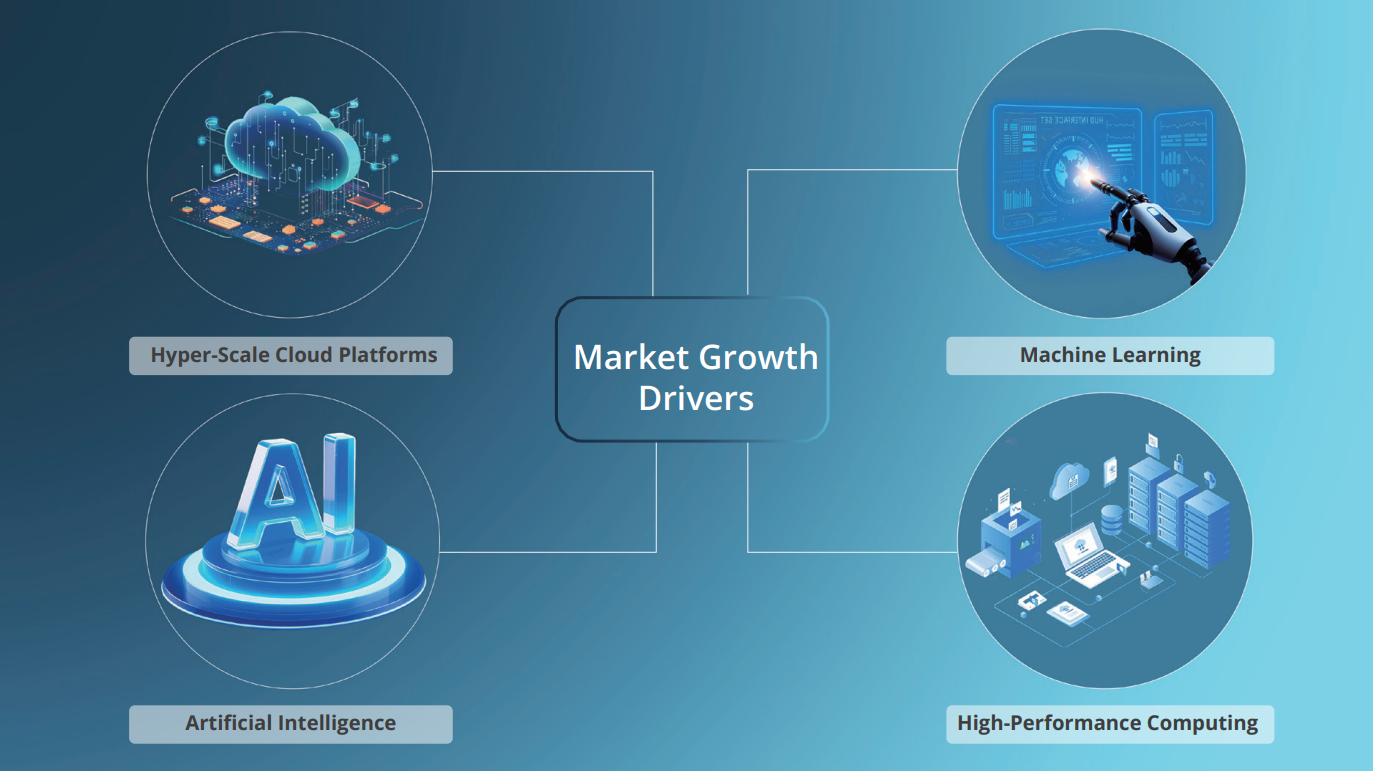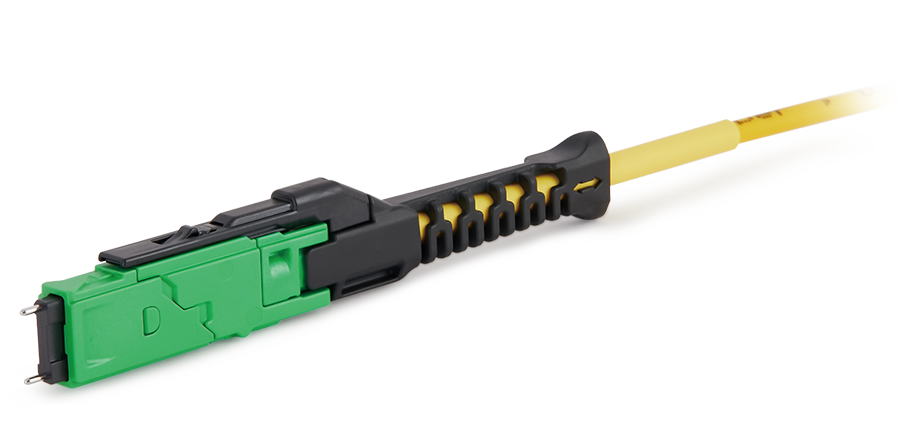The digital era is entering a new phase where Artificial Intelligence (AI), High-Performance Computing (HPC), Machine Learning (ML) and hyper-scale cloud platforms are demanding data speeds once thought impossible. Training a large language model, running real-time analytics, or simulating complex scientific phenomena now requires data center networks capable of handling terabits of data per second—efficiently, reliably, and with minimal latency.
Traditional optical transceiver architectures are reaching their limits in this environment. Increasing data rates to 1.6T and beyond with conventional pluggable modules results in rising power consumption, excessive heat generation, and physical space constraints on switch front panels. As the cost and complexity of scaling grow, the industry is shifting toward a transformative solution: Co-Packaged Optics (CPO).

Why CPO Matters Now
Unlike conventional pluggable optics, which connect to a switch through long electrical traces, CPO integrates optical engines directly alongside switch ASICs within the same package. This design minimizes signal loss, reduces energy consumption, and simplifies thermal management—all critical factors as data rates approach the 1.6T or even 3.2T era.
But what truly accelerates the need for CPO is the changing nature of computing workloads:
AI and Machine Learning: Massive distributed clusters from NVIDIA, Google, and Microsoft require lightning-fast interconnects for model training and inference.
High-Performance Computing: Climate simulations, genomic analysis, aerospace research, financial modeling and risk analysis all demand real-time movement of enormous datasets.
Hyper-scale Data Centers: Global cloud providers like AWS and Azure need dense, energy-efficient networks to keep up with exponential traffic growth.
These trends point to one conclusion: without a radical shift in network architecture, tomorrow’s computing demands will overwhelm existing connectivity solutions.
The Bottleneck with Pluggable Modules
Today’s optical transceivers face three interrelated challenges:
Signal integrity: Longer copper traces between the switch and the optical module degrade signals as speeds rise.
Power and cooling: Amplification and error correction drive up power usage, forcing data centers to invest heavily in complex cooling systems.
Density limitations: Physical space on switch front panels restricts the number of optical ports, limiting network scalability.
These constraints make traditional optics increasingly unsustainable for the next wave of computing demands.
Game-Changer CPO as the Breakthrough Technology
By tightly coupling optics with the switch ASIC, CPO provides several game-changing benefits:
Higher Energy Efficiency: Shorter electrical paths drastically cut power consumption.
Simplified Thermal Design: Lower heat generation reduces cooling costs and complexity.
Greater Port Density: Eliminating front-panel pluggable optics enables higher bandwidth per switch.
Future-Proof Scalability: Architected for speeds well beyond 1.6T, CPO ensures long-term network viability.
The result is a network infrastructure designed not just for today’s requirements but for the computing revolutions yet to come.
Looking Ahead
As the digital ecosystem expands, the gap between computing power and network capability must close. Co-Packaged Optics offers a direct path forward, enabling data centers to deliver the performance, efficiency, and scale required for AI-driven and HPC-powered innovation.
T&S is driving advancements not only in CPO micro-interconnect technologies but also in high-density optical fiber management solutions, providing industry-leading innovations for next-generation data centers. To explore our full range of solutions, we invite you to visit other sections of our website for more information.

 Fiber Optic Flex Circuit (FOFC)
Advanced Simulation & Optimization, High Positioning Accuracy, Flexible Customization, Rigorous Reliability Testing
Fiber Optic Flex Circuit (FOFC)
Advanced Simulation & Optimization, High Positioning Accuracy, Flexible Customization, Rigorous Reliability Testing MDC Solution
US Conec's MDC connector is a Very Small Form Factor (VSFF) duplex optical connector, expertly designed for terminating single-mode and multimode fiber cables with diameters up to 2.0mm.
MDC Solution
US Conec's MDC connector is a Very Small Form Factor (VSFF) duplex optical connector, expertly designed for terminating single-mode and multimode fiber cables with diameters up to 2.0mm. MMC Solution
US Conec's Very Small Form Factor (VSFF) multi-fiber optical connector that redefines high-density connectivity with its cutting-edge TMT ferrule technology and intuitive Direct-Conec™ push-pull boot design.
MMC Solution
US Conec's Very Small Form Factor (VSFF) multi-fiber optical connector that redefines high-density connectivity with its cutting-edge TMT ferrule technology and intuitive Direct-Conec™ push-pull boot design. EN
EN
 jp
jp  fr
fr  es
es  it
it  ru
ru  pt
pt  ar
ar  el
el  nl
nl 




_and_High-Reflection_(HR)_Optical_Coatings.webp)
